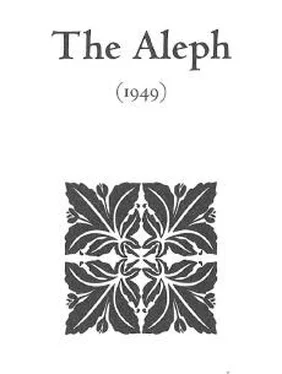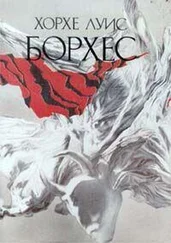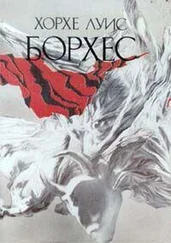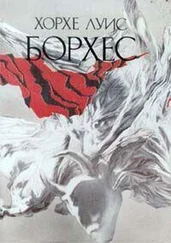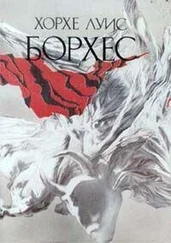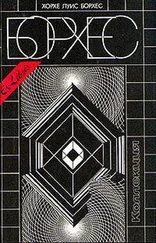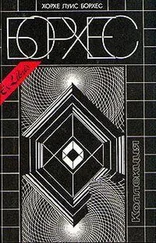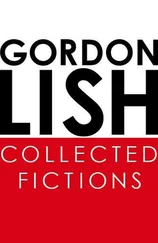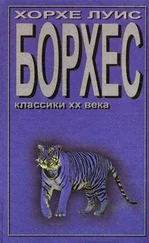p. 475: Juan Idiarte Borda: Borda (1844-1897) was the president of Uruguay, elected under the conditions explained in note to p. 472, above.
p. 476: The events: The people and events of this story are "true." The real Avelino Arredondo was in fact the assassin of the real Juan Idiarte Borda (1897). An Argentine reader would almost certainly not recognize the name Avelino Arredondo, and a Uruguayan might or might not; that is why there is no note appended to the first appearance of Arredondo's name, in the title, as there is, for example, to the immediately recognizable name of the city of Guayaquil in the story of that name in the volume Brodie's Report. But the year, the historical events, the tracing of the legendary "sites" of Uruguayan history, and various other hints at what is about to occur would certainly have given the reader who hailed from the Southern Cone a sense of familiarity; this story would ring a bell. Certainly Borges tried, subtly, though surely, to plant the seeds of that feeling. In his "statement,"Arredondo shows that he is of the Baiile faction of the Colorado Party, not the "faction" (made up of cronies) of Idiarte Borda.(See note to p. 472, above.)
The Book of Sand
p. 483: The street the library's on: Calle México, the site of the National Library, where Borges was director. The street's name is given in the Spanish-language story as a kind of punch line, but that bang cannot be achieved for the non-Argentine reader by simply naming the street; thus the explicitation.
Notes to Shakespeare's Memory
August 25, 1983
p. 490: Adrogué: In the early years of the century, a town south of Buenos Aires (now simply a suburb or enclave of the city) where Borges and his family often spent vacations; a place of great nostalgia for Borges.
The Rose of Paracelsus
p. 504: De Quincey, Writings, XIII, 345: "Insolent vaunt of Paracelsus, that he would restore the original rose or violet out of the ashes settling from its combustion— that is now rivalled in this modern achievement" ("The Palimpsest of the Hu-man Brain," Suspiriade Profundis). The introductory part of de Quincey's essay deals with the way modern chemistry had been able to recover the effaced writing under the latest writing on rolls of parchment or vellum, which were difficult to obtain and therefore reused: "The vellum, from having been the setting of the jewel, has risen at length to be the jewel itself; and the burden of thought, from having given the chief value to the vellum, has now become the chief obstacle to its value; nay, has totally extinguished its value." Though this is the thrust of the beginning of de Quincey's argument and seems to inspire "The Rose of Paracelsus," the latter part of the essay turns to memory. This Borges turns to his own uses in "Shakespeare's Memory," p. 508, perhaps with the idea of unifying the volume of stories thereby. It is perhaps the following lines from de Quincey's essay that inspired the idea in "Shakespeare's Memory": "Chemistry, a witch as potent as the Erictho of Lucan, has exorted by her torments, from the dust and ashes of forgotten centuries, the secrets of a life extinct for the general eye, but still glowing in the embers.... What else than a natural and mighty palimpsest is the human brain?... Everlasting layers of ideas, images, feelings have fallen upon your brain softly as light. Each succession has seemed to bury all that went before. And yet, in reality, not one has been extinguished." If only we could fan those embers into fire again...
Shakespeare's Memory
p. 512: [De Quincey's] master Jean Paul: Jean Paul Friedrich Richter (1763-1825, pen name Jean Paul) was early influenced by Sterne. While his writings on literary aesthetics influenced Carlyle (who translated him) and many others, it was his dream literature that influenced Novalis and de Quincey.
